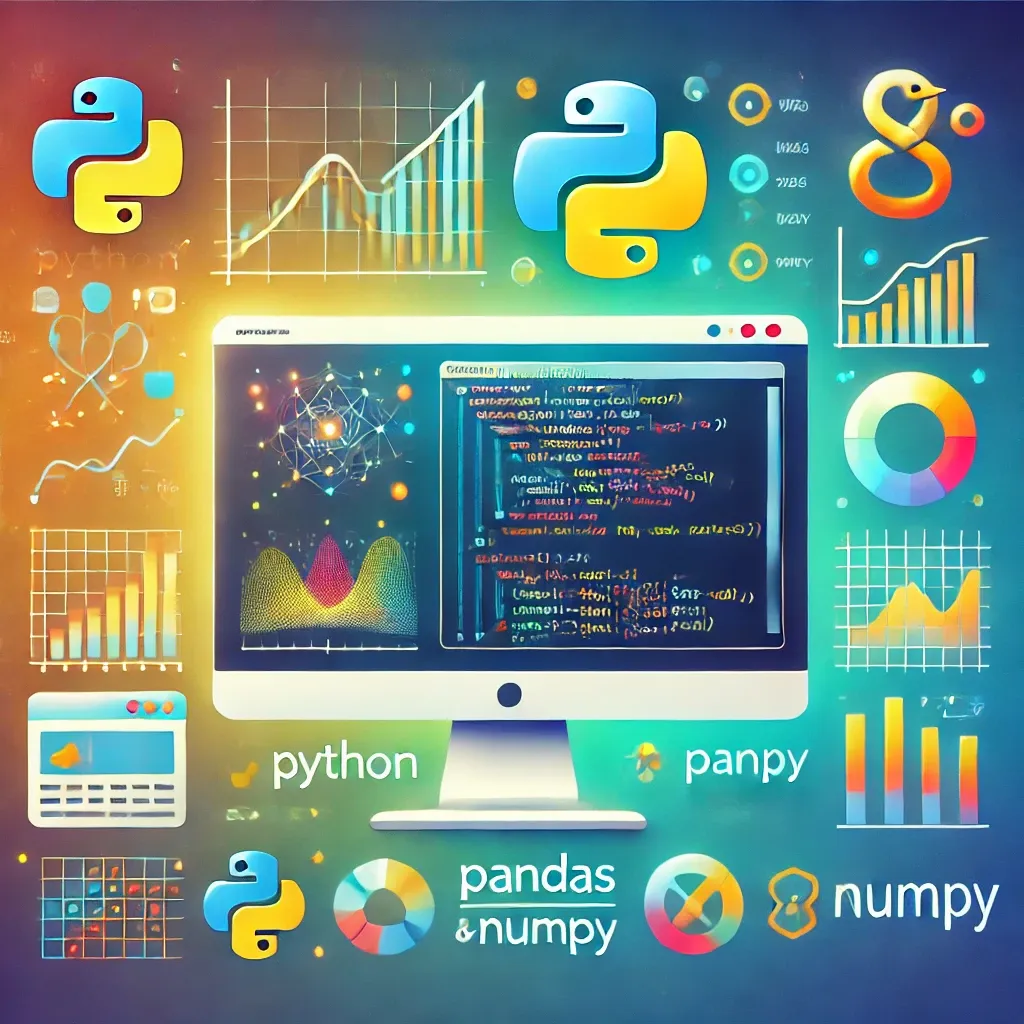
Building Your First Machine Learning Model with Python and scikit-learn
Machine learning is transforming industries by allowing computers to learn from data and make predictions. Python, with its powerful scikit-learn library, offers a simple way to build machine learning models. In this guide, we’ll walk through the process of building your first model step-by-step.
1. Prerequisites
Before we begin, make sure you have the necessary libraries installed:
# Install scikit-learn and other dependencies
pip install scikit-learn pandas
2. Importing Libraries and Preparing the Data
We’ll use a sample dataset from scikit-learn for this example. Let’s import the necessary libraries and load the dataset.
# Importing libraries
import pandas as pd
from sklearn.datasets import load_iris
# Loading the dataset
data = load_iris()
df = pd.DataFrame(data.data, columns=data.feature_names)
df['target'] = data.target
print(df.head()) # Display the first few rows
3. Splitting the Data into Training and Testing Sets
We need to divide the dataset into a training set and a testing set to evaluate the model’s performance.
# Import train_test_split function
from sklearn.model_selection import train_test_split
# Split the data
X = df.drop('target', axis=1)
y = df['target']
X_train, X_test, y_train, y_test = train_test_split(X, y, test_size=0.2, random_state=42)
4. Building a Machine Learning Model
We’ll use the k-Nearest Neighbors (k-NN) algorithm, a simple and popular classification method.
# Importing the k-NN classifier
from sklearn.neighbors import KNeighborsClassifier
# Initialize the model
model = KNeighborsClassifier(n_neighbors=3)
# Train the model
model.fit(X_train, y_train)
5. Making Predictions
Let’s use the trained model to make predictions on the test data.
# Make predictions on the test set
y_pred = model.predict(X_test)
print(y_pred) # Display the predictions
6. Evaluating the Model
We can measure the performance of the model using accuracy score.
# Importing accuracy_score
from sklearn.metrics import accuracy_score
# Calculate the accuracy
accuracy = accuracy_score(y_test, y_pred)
print(f"Model Accuracy: {accuracy * 100:.2f}%")
7. Conclusion
Congratulations! You’ve built your first machine learning model using Python and scikit-learn. With this basic knowledge, you can explore more advanced algorithms and datasets to further develop your skills in machine learning. Keep experimenting, and soon you'll be creating models that solve real-world problems!
Happy coding and learning!







0 Comments